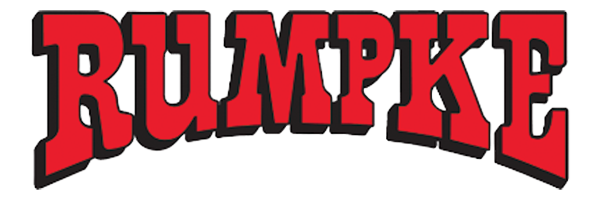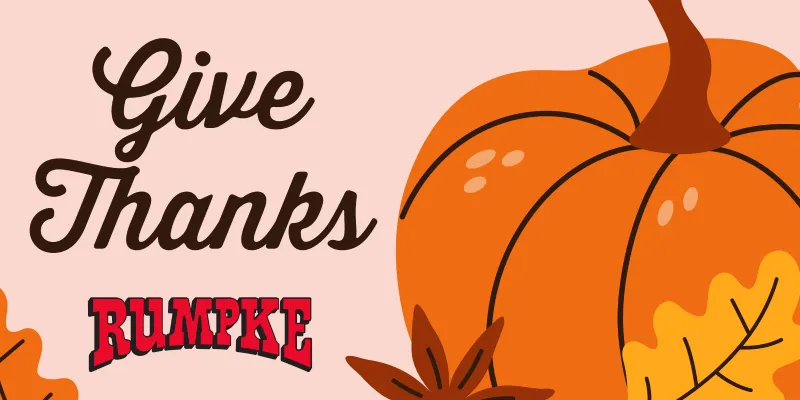Thanksgiving Waste & Recycling Tips 2025
Updated: November 17, 2025
Thanksgiving is a time for friends and family to gather and appreciate each other and the wonderful aspects of our lives. No matter how you celebrate this favorite holiday, Rumpke has the top 10 ways to make your day more environmentally friendly.
1. Easy Family Crafts
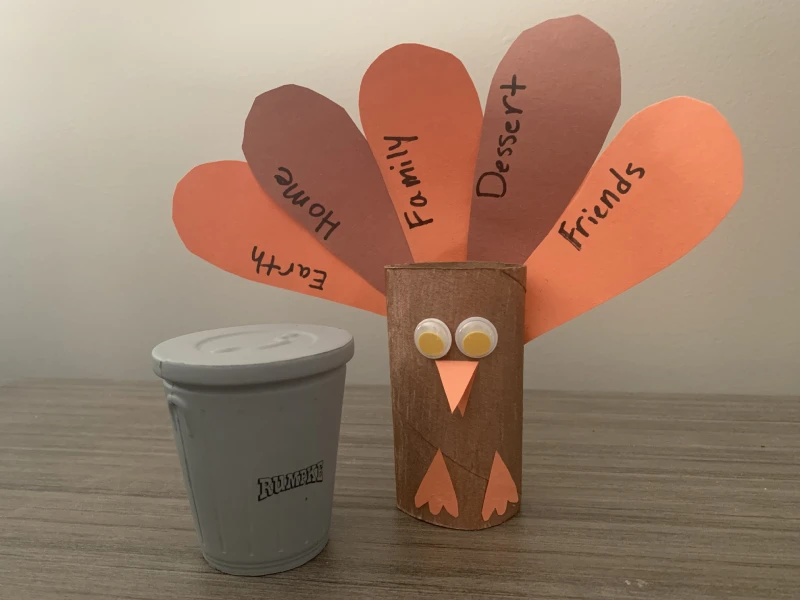
Get the whole family involved with Thanksgiving-themed arts and crafts using common household materials. Make turkeys using a simple toilet paper roll. Here's what you'll need:
- Paint
- Glue
- Colorful paper
- Scissors
- Googly eyes
- Markers
- Paint the toilet paper roll a darker brown and glue on some googly eyes.
- Trace and cut out colorful feathers, a beak and feet on colored paper.
- Next, take a marker and write something you’re grateful for on each feather.
- When you’re finished, use them as table accents!
Make Leaf Friends!
Make some Leaf Friends! Another project includes a convenient item found everywhere this time of year: leaves! Collect some leaves and use paint to make cute, quirky faces on them. String them along the wall or hang them above the doors.
2. Include Some Natural Decorations
Turn your space into a dreamy fall scene by using seasonal foliage when sprucing up your home, including:
- Fall crops: Apples, gourds and squash varieties and corn
- Herbs: Parsley, oregano and rosemary
- Flowers: Daisies, chrysanthemums and sunflowers
- Other plants: Leaves, buckeyes and acorns
These items are often affordable at the store, and you can also take a hike and collect them for free (of course, adhering to any local, state or federal regulations).
Nothing makes the festive spirit brighter than decorating our homes, especially if you’re hosting this year’s Thanksgiving dinner or other celebrations. While it’s tempting to purchase the newest holiday decorations at the nearest retailer, you can elevate the fall vibes in your house more sustainably.
3. DIY Decorations
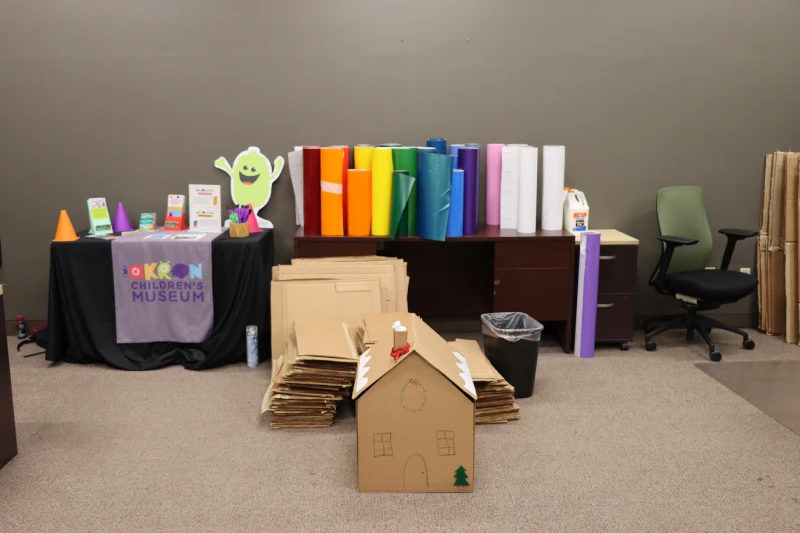
If you’re in a crafty mood, you can make some clever decorative displays, extravagant or simple:
- Make a small rosemary wreath.
- String up a cranberry garland across mantels, doorways or railings.
- Create a 3-D art piece using acorns or buckeyes - attach them to a framed picture mat and hang it on the wall.
- Stack small, colorful gourds in tall, clear glasses or vases.
- Create a “harvest box” by placing some vegetables and fall plants in a small, wooden box or crate.
4. Thanksgiving Thrift
If you don’t have time for crafts or want to add more decorations, visit your local thrift store, and browse their holiday sections for secondhand options. Your wallet and environment will thank you, too!
5. Be Mindful About Meals with Efficient Food Storage
Sadly, Thanksgiving celebrations often result in a lot of food waste if we aren’t careful. We have some tips to make sure all the extra food doesn’t go to waste.
Savor your leftovers for days (or weeks) with proper food storage. Some options include:
- Use airtight glass containers for storing, heating up, and transporting—they are also leak-resistant.
- Mason jars or repurposed pickle, jelly, salsa and pasta sauce jars.
- Insulated stainless steel—it’s durable and double-walled to keep food hot or cold for hours.
- Secure fabric over bowls as an eco-friendly alternative to plastic wrap.
6. Forget the Food Waste
Other than improper storage, Thanksgiving food waste occurs due to excessive amounts of portions after the celebration. Plan for how the surplus food can be used:
- Make a meal plan—only buy what you need.
- Make half-portions of certain dishes not usually eaten by everyone.
- Request family and friends bring certain side dishes.
- Divide the leftovers and store certain portions in the freezer.
- Repurpose holiday meats for sandwiches, wraps, salads and soups.
- Compost the food scraps in your yard or neighborhood compost.
7. Purchase Local
Some produce at the grocery store may come from farther outside your locality, which takes more energy and costs to transport while also reducing freshness. Instead, try to purchase meat and produce from a local farmer’s market.
When you buy from local markets, you bolster the local economy, have access to fresher ingredients and save energy related to transportation.
8. Thanksgiving Recycling Opportunities
Not sure about what to recycle during your clean-up? Consider these helpful suggestions. While recycling centers may differ on what they accept, our list includes largely accepted materials in five major categories:
Cartons
- Juice cartons & boxes
- Broth cartons
- Milk cartons
Cans (aluminum, steel, tin)
- Canned vegetables and fruit
- Whipped cream aerosol cans—remove the plastic topper and make sure it’s as empty as possible
- Cranberry sauce cans
- Pumpkin puree cans
- Beer cans
- Soda and seltzer cans
Plastic (bottles, jugs, tubs and cups)—Do not remove lids
- 2L soda bottles
- Butter, sour/whipped cream and dip tubs
- Salad dressing bottles
- Soda bottles
- Milk jugs
Paper & Cardboard
- Multi-pack beverage boxes
- Holiday coupons and magazines
- Pasta or rice boxes
- Shipping boxes--break into 4” x 4”
Glass (bottles and jars)—remove lids and recycle separately*
- Jam and sauce jars
- Wine bottles—throw away the corks
- Sparkling beverage bottles—throw away the lid
9. Don't Toss Wrong Items in Your Recycling
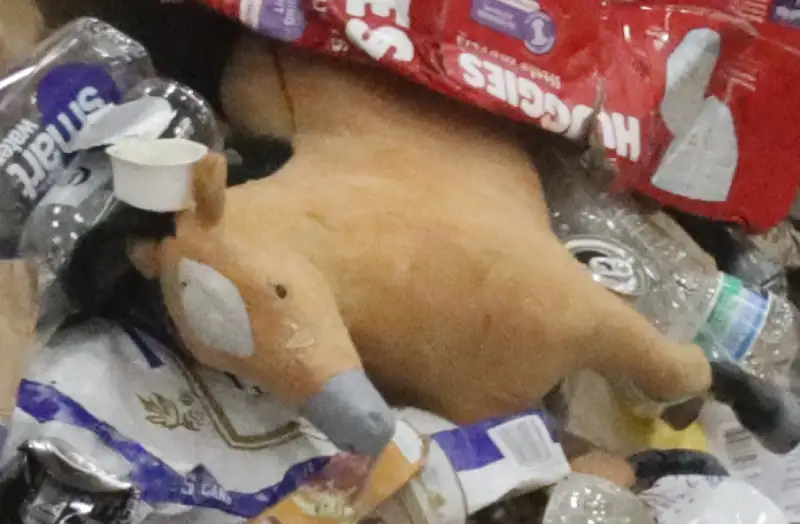
As you sort through what you can recycle post-meal, please DO NOT include these in your items in your recycling bin:
- Aluminum foil
- Pie and turkey tins
- Clam shells for fruit
- Pots and pans
- Glassware
- Plastic plates and utensils
- Paper napkins—go for cloth ones
- Wax/parchment paper
- Shrink wrap
- Microwavable instant food packaging--plastic pouches
- Batteries
- Used grease or cooking oils
10. Thank Your Trash and Recycling Drivers!
Waste and recycling providers are key to protecting public and environmental health. Your trash and recycling drivers and other countless employees across these companies are committed to ensuring timely collections and high-quality service.
As we reflect on this season of thankfulness, we can show our waste and recycling workers how much we appreciate their hard work all year long:
- Follow the curbside and service guidelines of your provider - position your cart at the end of the curb and ensure the lid is closed.
- Do not throw away or recycle any hazardous materials.
- Only recycle items from the accepted list—recycling the wrong items can clutter up the recycling process, damage machines and even put employees and the public in harm’s way.
- Thank your driver and wish them a Happy Thanksgiving.
- Follow and engage with your provider on social media.
Rumpke is Thankful This Thanksgiving
As we celebrate Thanksgiving 2024, we want to express our gratitude to our Rumpke team for all their hard work and dedication to helping the families and communities they service.
To our drivers, our landfill and recycling teams, our maintenance technicians - we thank you for your dedication.
